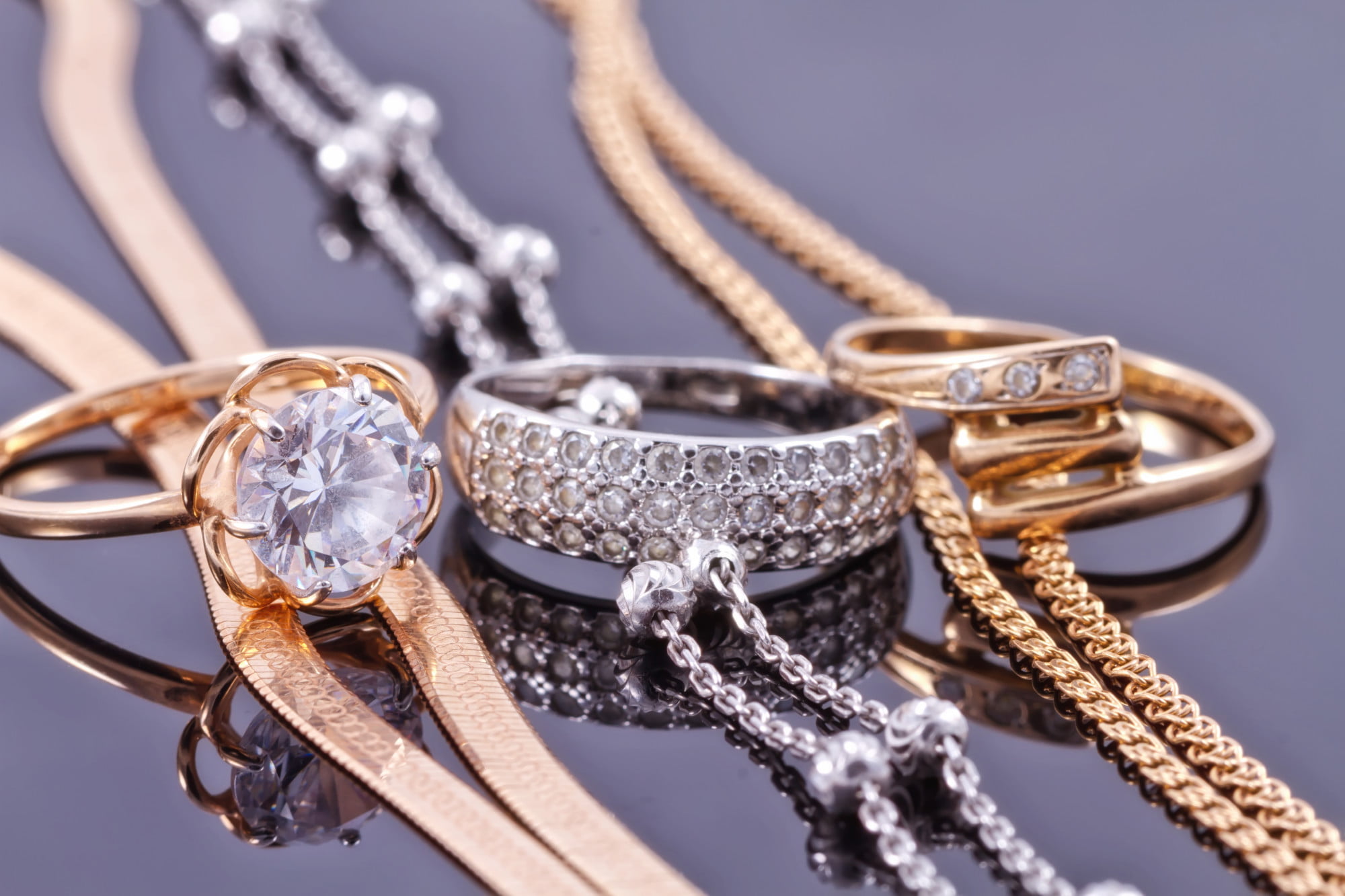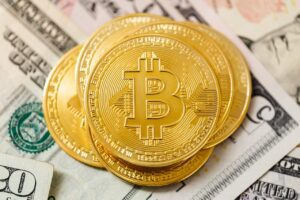Gold has had a strong role to play in the cultural history of mankind. Its name comes from the Latin word for ‘beam and splendor.’ The Earth itself teems with this valuable, ineffable metal.
On its own, gold is hard, lustrous, heavy, and corrosion-resistant. These traits made it a symbol of high value. It is a versatile commodity in both electronics and medicine.
Investing in precious metals such as gold and silver might be a wise choice. But is this really the right step for you?
Read on and find out the pros and cons of buying gold and silver.
Pros of Buying Gold and Silver
Investing in gold and silver offers stability and diversification to your investment portfolio. This makes it one of the key advantages of adding these precious metals to your holdings. Let’s delve deeper into these aspects:
Stability and Diversification
Gold and silver have a long-standing reputation for stability. This is particularly true during times of economic uncertainty. These metals have been a reliable store of value for centuries.
Other investment options can be greatly affected by economic downturns or market fluctuations. Gold and silver tend to hold their value and even appreciate over the long term.
This stability can provide a sense of security to investors. They hold still, especially during turbulent economic periods. Diversification is an essential strategy in investment planning. It involves spreading your investments across different asset classes to reduce risk.
Gold and silver offer an effective means of diversification. Their prices are not closely correlated with that of stocks, bonds, or other traditional investments. In other words, when the value of one asset class may be declining, the value of gold and silver may be holding steady.
They may even be rising. By including it in your investment portfolio, you can potentially mitigate the impact of market volatility.
Hedge Against Inflation
Gold and silver have inherent value due to their scarcity and limited supply. Fiat currencies can be printed or created at will by central banks. The supply of gold and silver is constrained by their physical availability. This limited supply contributes to their enduring value over time.
Inflation erodes the purchasing power of paper currencies. The intrinsic value of gold and silver tends to rise, making them an effective hedge against inflation. Throughout history, gold and silver have maintained their value and purchasing power.
During periods of high inflation, the prices of goods and services are rapidly increasing. The value of fiat currencies diminishes. In contrast, the value of gold and silver tends to rise in response to inflationary pressures. This historical track record demonstrates their ability to preserve wealth.
This makes them attractive to investors seeking protection against the erosion of their savings. Gold and silver are globally recognized and accepted as stores of value. They have been used as currencies or mediums of exchange for thousands of years.
This universal acceptance gives them an advantage over other assets when it comes to hedging against inflation. Regardless of the country or economic system, gold and silver hold value. It can be easily converted into other currencies or goods. This gives investors a reliable means to protect their wealth from inflation.
Precious Metals Are Tangible Assets
The significant advantage of investing in gold coins, gold bars, or silver is that you own a physical asset. Stocks or bonds that exist in digital or paper form. Gold and silver provide a tangible representation of wealth.
This is appealing to individuals who prefer direct control over their investments. They want to pass on physical assets to future generations. That’s why they look for the best gold coin to buy.
Cons of Buying Gold and Silver
There are numerous advantages to investing in gold and silver. Let’s explore some of the cons of buying gold and silver:
Price Volatility
Global and domestic economic conditions influence the price of gold and silver. During periods of economic uncertainty, investors tend to flock to safe-haven assets. These conditions drive up the prices of gold and silver.
Conversely, when the economy is performing well, investor confidence is high. The demand for precious metals may decrease. This leads to potential price declines. There are other economic indicators such as:
- GDP growth
- inflation rates
- interest rates
- employment data
This can all impact the supply and demand dynamics of gold and silver. This results in price volatility. Geopolitical events, such as political instability, wars, or trade disputes, can impact prices as well. These events often create uncertainty in financial markets. It prompted investors to seek the relative safety of precious metals.
During times of political turmoil or escalating tensions, the demand for gold and silver increases. It stands as a hedge against potential economic or currency, causing prices to rise. Meanwhile, as geopolitical tensions ease, prices may experience downward pressure.
Speculation plays a role in the price volatility of gold and silver. Investors and traders who speculate on the future direction of these metals can amplify price movements. Short-term traders, technical analysts, and hedge funds may engage in buying or selling activities.
They base it on market trends, chart patterns, or short-term trading strategies. This can lead to rapid price fluctuations. Speculative trading can introduce short-term price volatility.
Limited Income Potential
Stocks pay dividends. Bonds bear interest. Gold and silver do not generate regular income. These precious metals do not provide any yield or interest payments. This means that investors primarily rely on capital appreciation for returns.
This lack of income potential may not suit individuals who rely on regular cash flow from their investments. They may prioritize current income over long-term capital gains.
Storage and Security
Owning physical gold and silver requires proper storage and security measures. These precious metals are valuable and can be a target of thieves. Therefore, investors need to consider the costs associated with secure storage solutions.
They need safe deposit boxes or specialized vaults. Additionally, you might need to sell your gold or silver in the future. You may need to consider transportation and security arrangements to ensure a safe transaction.
Consider Buying Gold and Silver
Buying gold and silver can be a valuable addition to an investment portfolio. This offers stability, diversification, and a hedge against inflation. These precious metals provide tangible assets that have stood the test of time.
Investors should be aware of the potential price volatility. There’s limited income potential and the need for secure storage and security measures. Weigh the pros and cons discussed in this article.
Check out our blog. We have more helpful articles for you.









